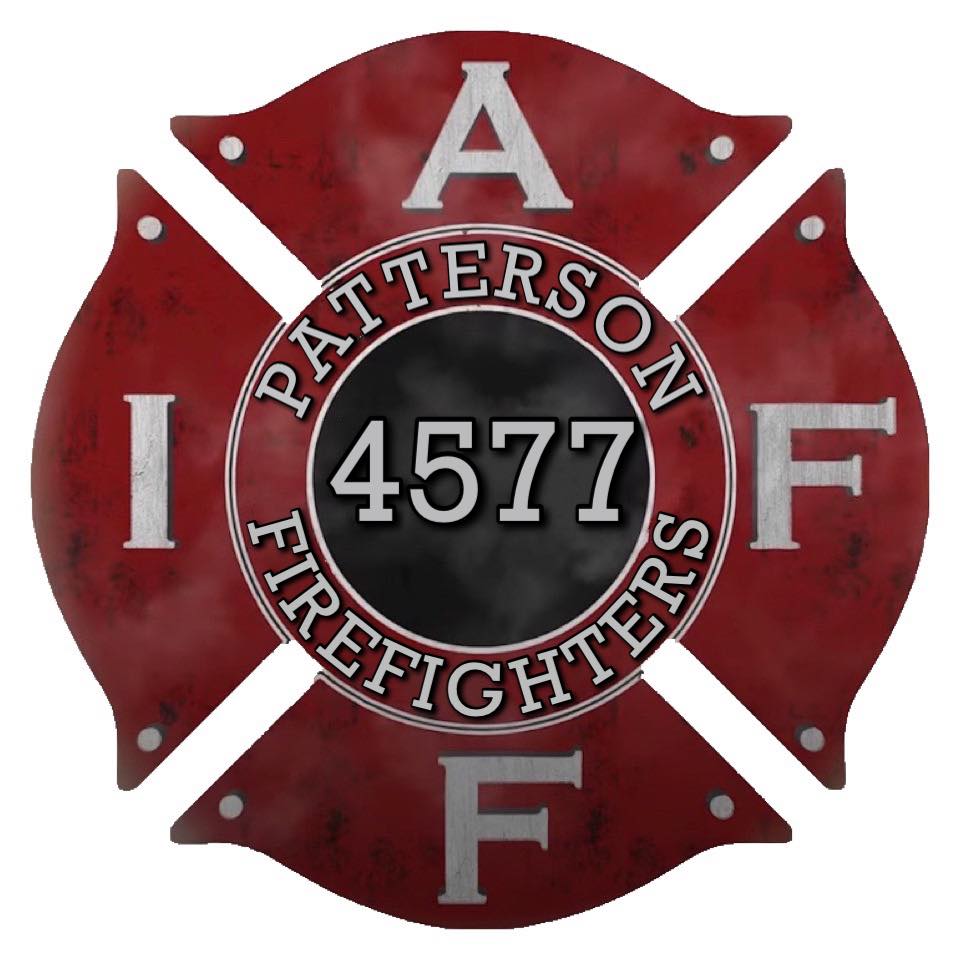There are six classifications that could potentially be staffing the apparatus responding to an EMS call.
Fire Captain
The Fire Captain is the supervisor of the crew on the apparatus. The Fire Captain’s primary goal is the safety of the crew. We are entering people’s homes and unknown situations on every call. The experience and attention of the Captain to crew safety is the top priority on every call. The Captain must establish command on every call. This involves analyzing if enough resources are on scene, managing assignments for incoming resources, listening to and talking on the radio, and continually monitoring the emergency scene for effectivness of operations. The Captain must write down all the patient information and interventions done for reporting later.
Fire Captain/Paramedic
Same as the Fire Captain above, only additionally trained as a Paramedic and able to assist on more emergent scenes as a Paramedic on top of their standard duties.
Fire Engineer
Ensure proper operation the apparatus and all fire equipment. Must safely respond to the incident. Properly place the apparatus to allow for additional units to have access to the scene. Assist in carrying equipment to the incident location. A second set of eyes on the scene safety. Assist the Firefighter / Paramedic with obtaining vitals and patient treatment. Assist with loading the patient for transport. Safely return to the station with crew and apparatus.
Fire Engineer/Paramedic
Same as the Fire Engineer above, only additionally trained as a Paramedic and able to assist on more emergent scenes as a Paramedic on top of their standard duties.
Firefighter
A third set of eyes on crew safety. This is usually the first person to the patient, with patient care at the level of EMT. If the call requires Advanced Life Support another position (Captain or Engineer) with a Paramedic certification will need to provide patient care.
Firefigther/Paramedic
A third set of eyes on crew safety. This is usually the first person to the patient. Providing the highest level (ALS) of patient care.
Cognitive Overload
All members of the crew at the fire department are very good at multi-tasking and prioritizing needs on an emergency incident. We train to perform at 100%, 100% of the time. However, as the task load increases any human is prone to a condition known as cognitive overload. That is when there are more tasks to perform than can be managed by any person. This is dangerous for crew safety and patient care.
Under circumstances where crew members with multiple tasks to perform are asked to additionally care for a patient, the main priority will be come patient care. This means that tasks such as crew safety, resource needs, assigning tasks to incoming resources, patient information, and radio traffic can be overlooked if not passed to other crew members for completion. The best model is for the Firefighter/Paramedic position to be staffed on each apparatus to provide patient care. We will cover this in more detail in Part 6.
Continue to Part 6: Advanced Life Support – A Necessary Community Standard

Comments are closed